More accurate static bonding with CLFB
![]() -
05. mars 2017
-
New product features
-
05. mars 2017
-
New product features
CM Tiny with Closed loop feedback opens up a whole new dimension in static bonding
Very precise static charging with Closed Loop Feed Back (CLFB).
What is Closed Loop Feed Back and what is the advantage?
Electrostatically charging two or more materials to make them stay together to enable further processing is relatively easy. However, the charge transferred by a charging electrode is very hard to control. A lot of factors s.a. speed of the material, material proporties, friction between the material and idle roller, distance and cleanliness of the electrode, and humidity influence the end result.
With Closed Loop Feed Back the end result can be precisely controlled. A Sensor IQ Easy is placed downstream of the charging electrode and measures the actual charging voltage on the material.
This value is used by the charging generator Cm-Tiny to adjust the output voltage of to regulate the measured voltage as close as possible to the set value.
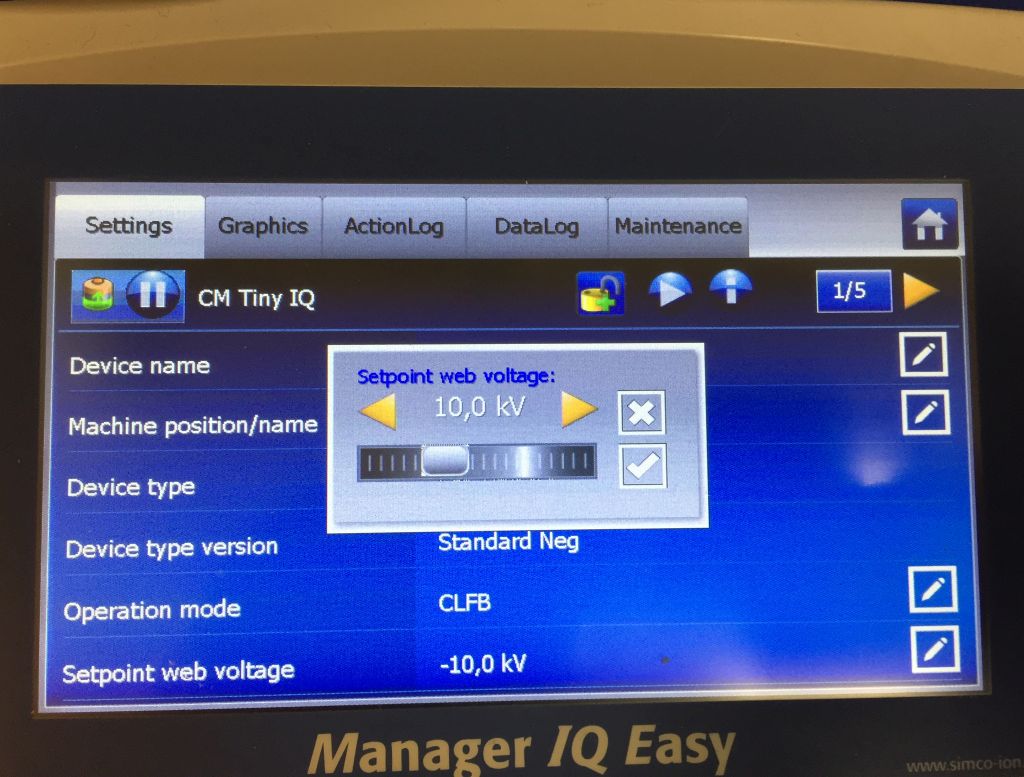
Example:
You want a 10 kV charge on your material. Setpoint = 10 kV

In this case the charging generator has to adjust it’s output voltage to 15 kV to reach a 10 kV charge on the material.
This means that without CLFB with a setpoint of 10 kV the resulting charge would have been much lower; possibly only 7 kV. Which may not be enough to guaranty a good process.
CLFB charging can be realised with a Simco-Ion IQ Easy plaform consisting of:
-Manager IQ Easy
-CM-Tiny charging generator
-Sensor IQ Easy
-Charging electrode
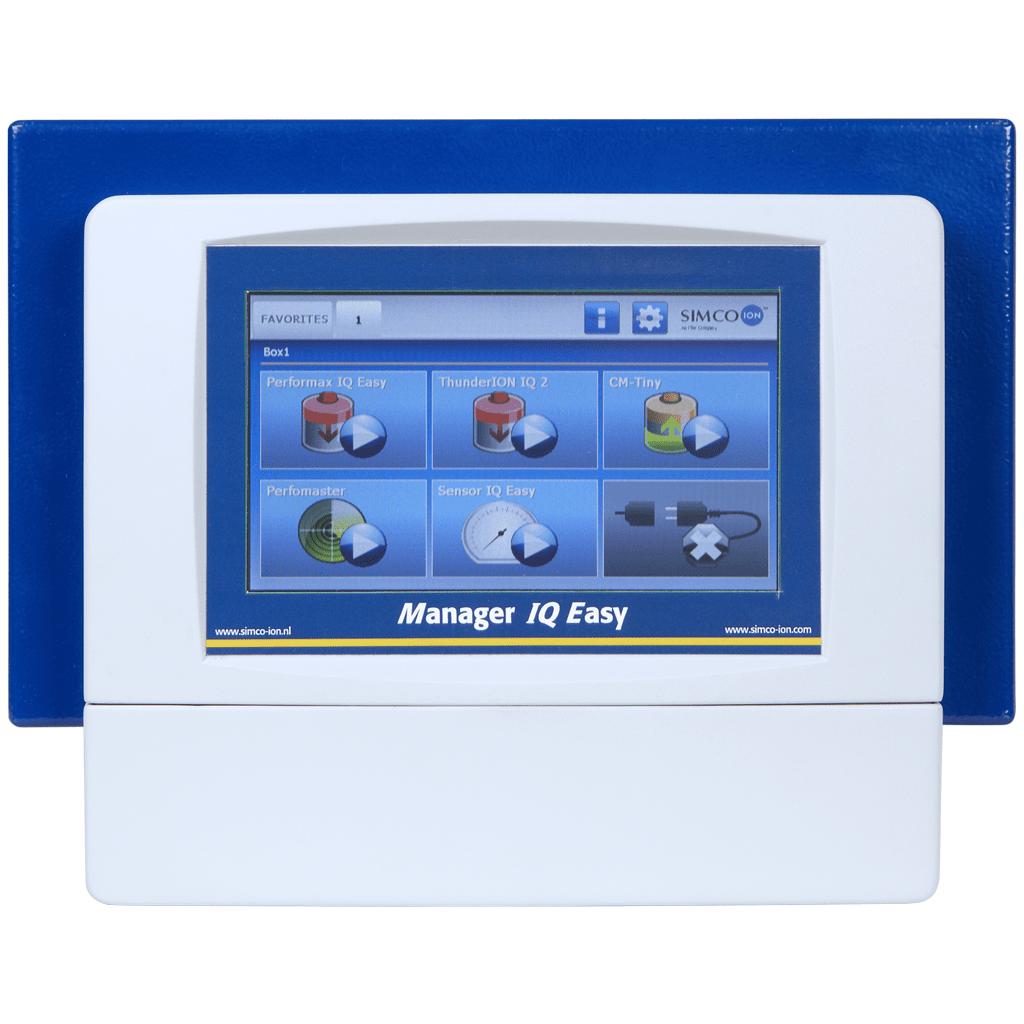
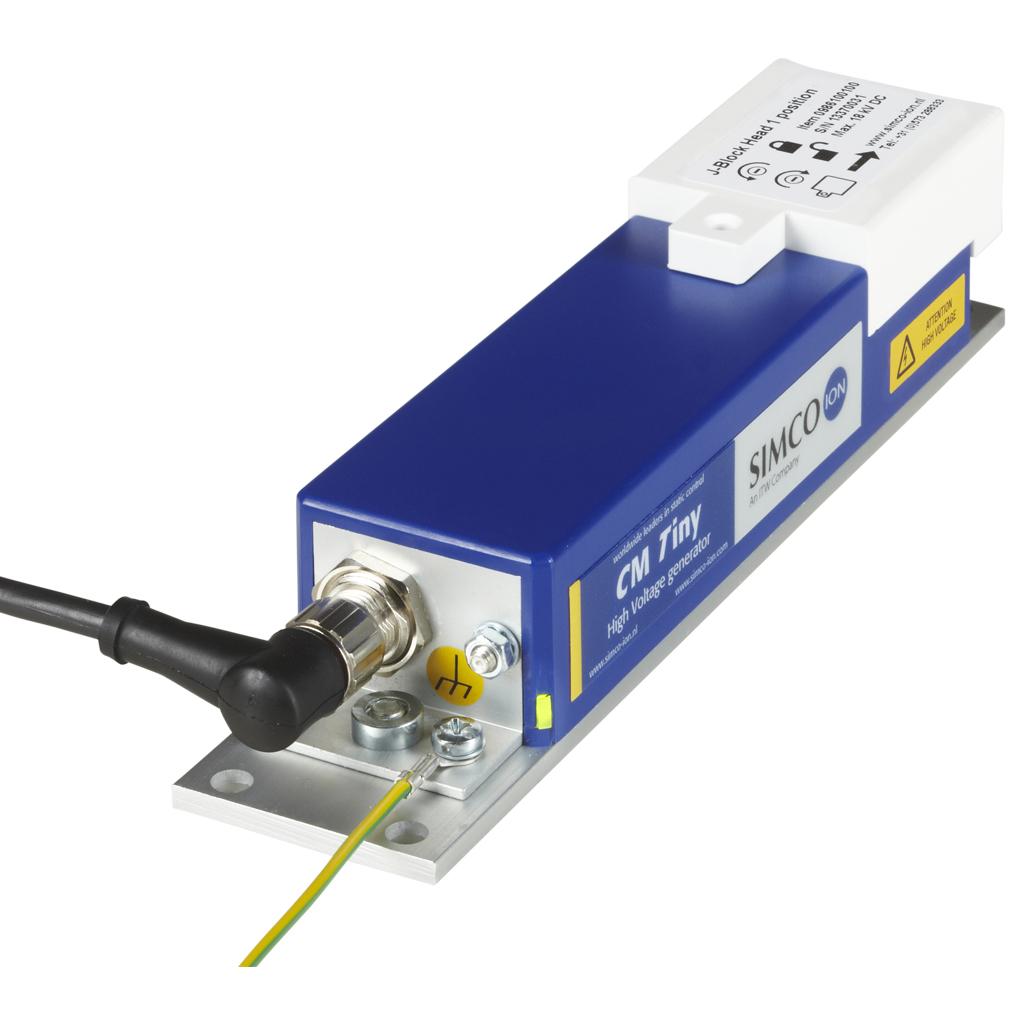
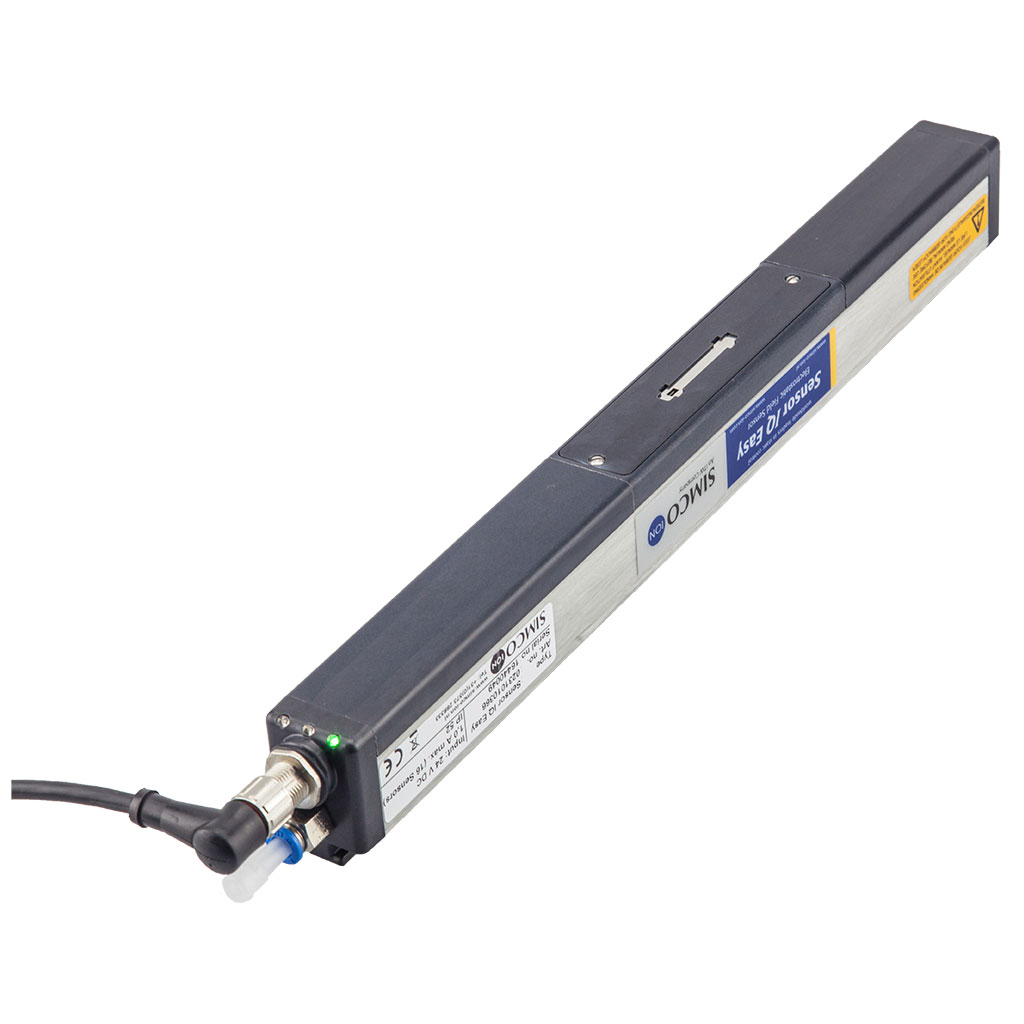
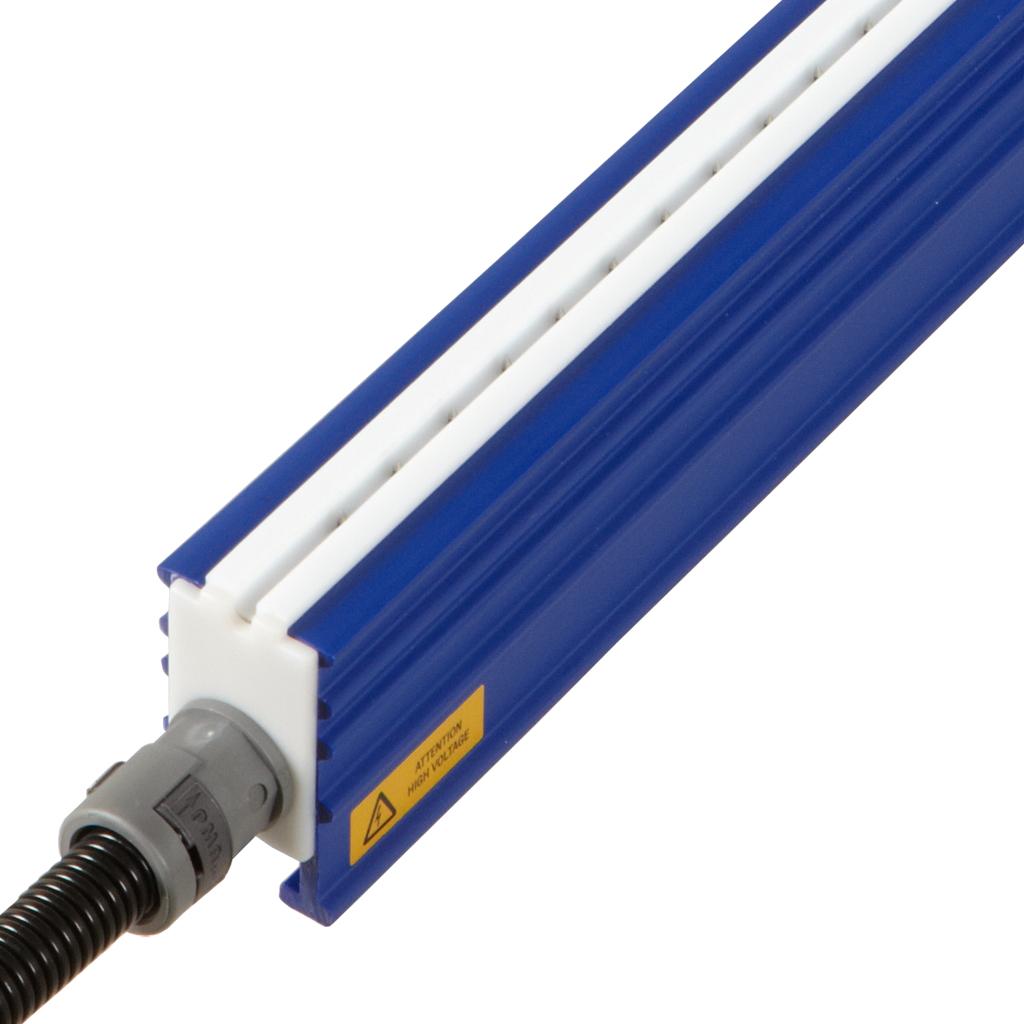


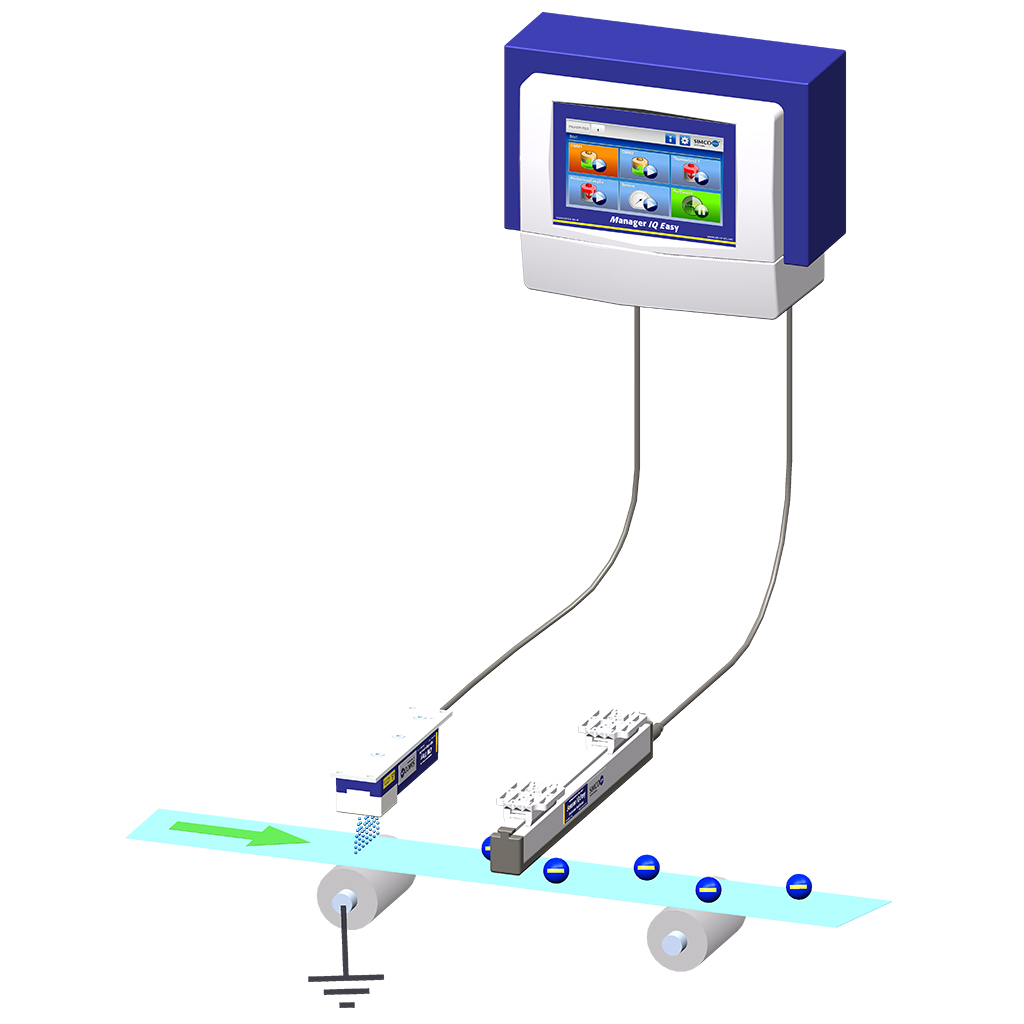

Comments are disabled for this post.
0 comments